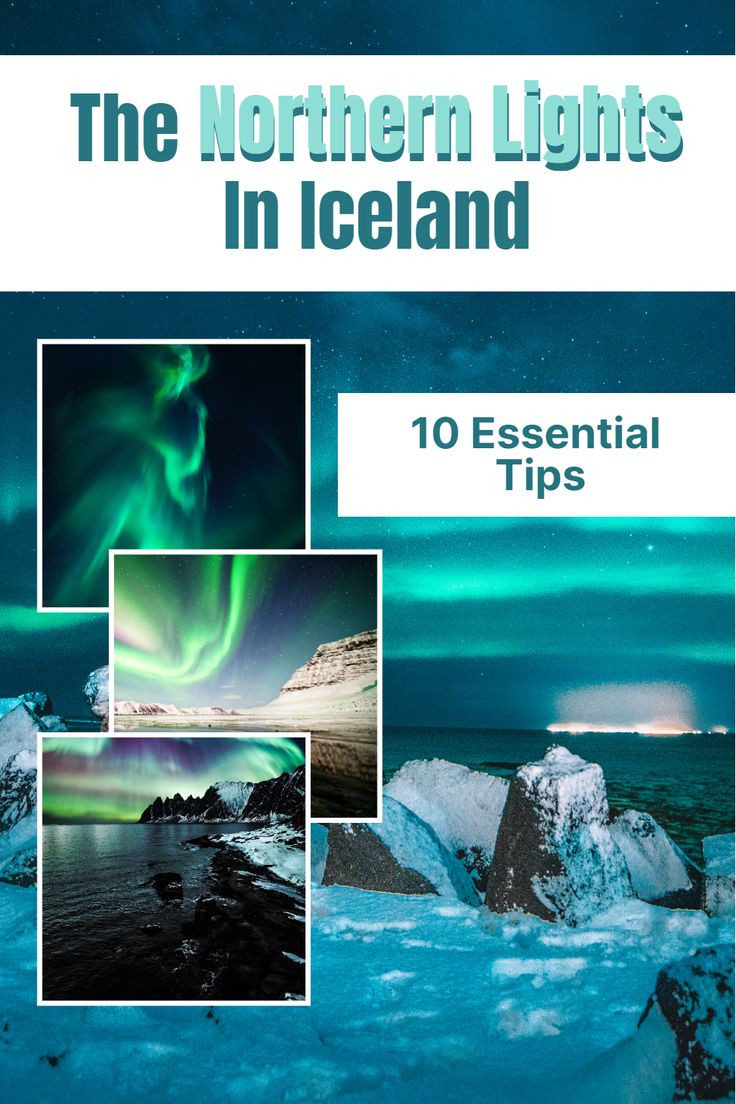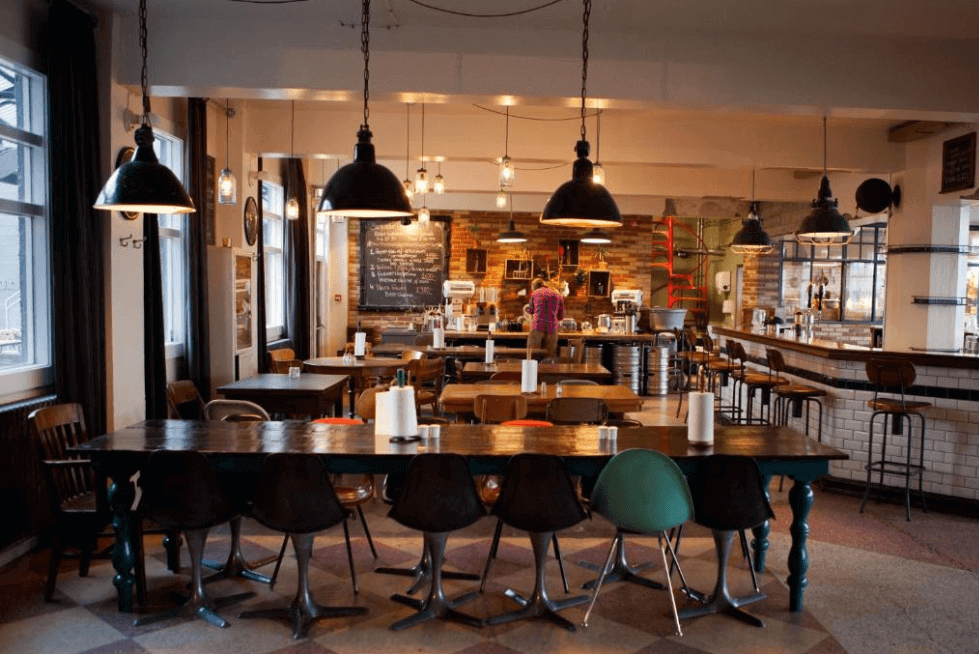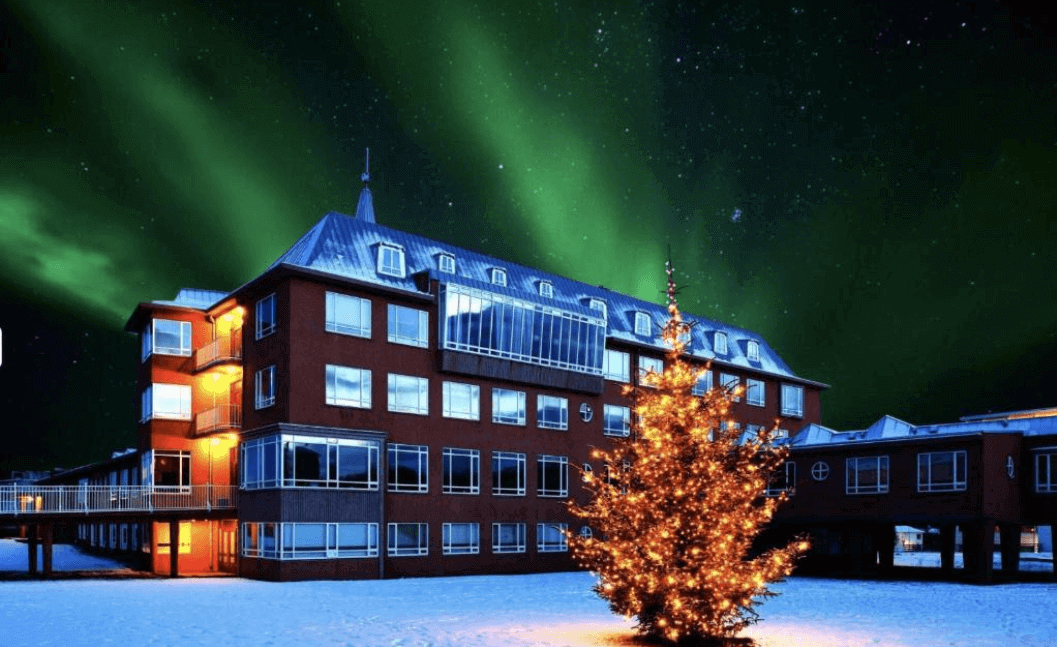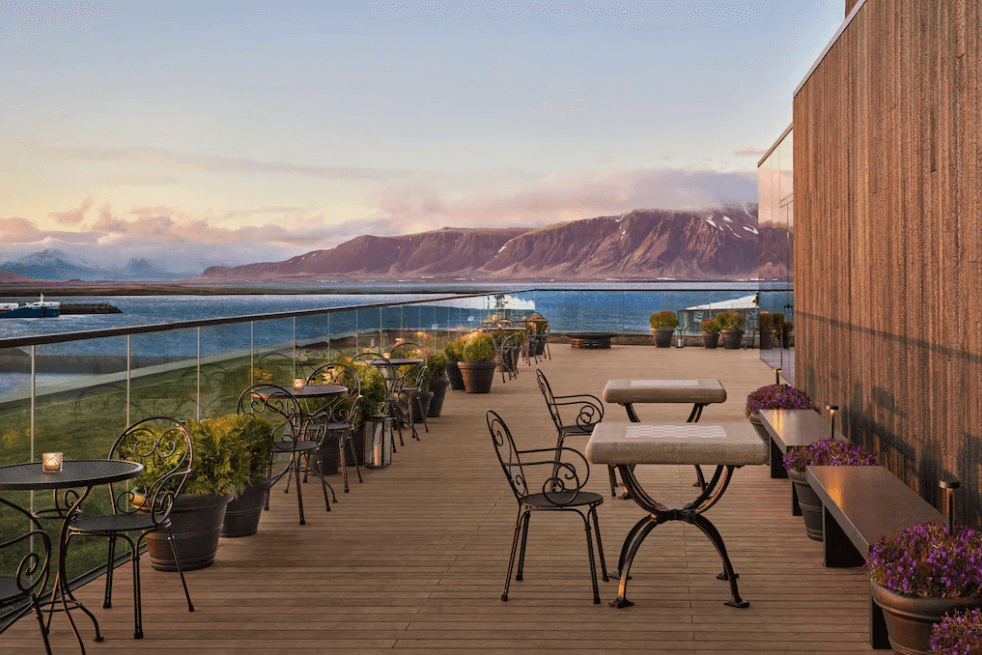How To See The Northern Lights In Iceland

If you are anything like us, seeing the Northern Lights has been on the Bucket List for as long as you can remember! We totally understand and want to give you the best chance possible to have this once-in-a-lifetime experience!
In this ultimate guide, we’ll provide all the essential information and top tips to significantly increase your chances of seeing the aurora. From reading the aurora forecast to the best time to see the Northern Lights, the best locations and the best Northern Lights tours, we have got you covered! We’ll even touch on photographing the Northern Lights with a phone! Let’s dive in!

Pin It On Pinterest
We Value Your Time
We value your time! So, if you already know why you are here and want to look the best Northern lights tours in Iceland then we have highlighted our top picks below. We have included small group and larger group options depending on your preference. And, if you do not see the lights, you are offered the opportunity to go again for free for up to 3 years!
The Best Northern Lights Tours In Iceland
Alternatively, if you are planning to hire a car and go hunting for the Northern Lights independently, then check out all our essential advise below! We highlight everything you need to know before you go!
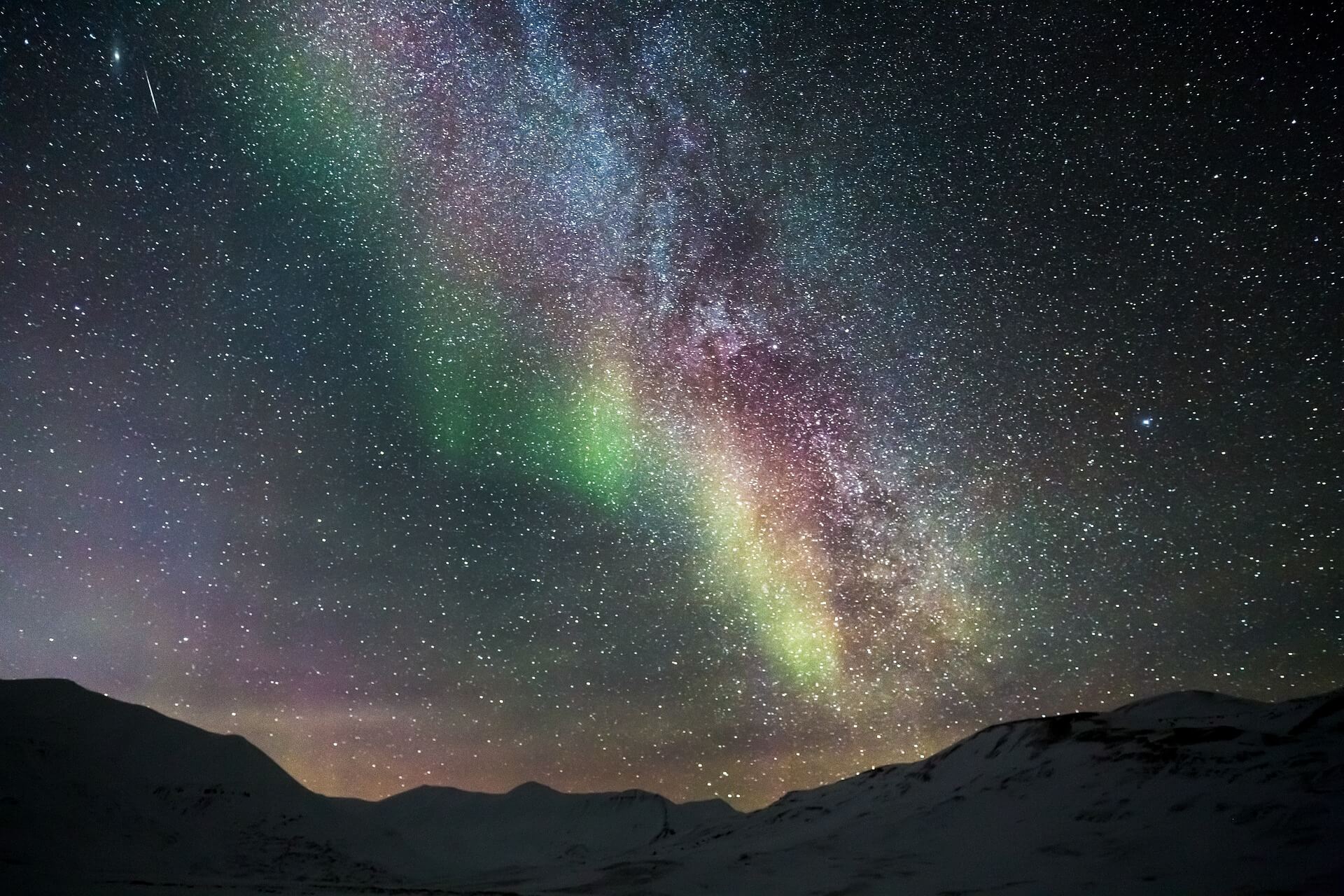
What Are The Northern Lights
Working out how to see the Northern Lights in Iceland is a delicate art, coupled with a certain degree of Luck! To increase your chances, we first need to understand what they are… The northern lights are a dazzling celestial display that illuminate the night skies near the Arctic regions. This natural light show occurs when particles from the sun collide with gases in the Earth’s upper atmosphere. As these solar particles interact with atmospheric gases like oxygen and nitrogen, they trigger the release of photons, resulting in the brilliant dancing colours we see.
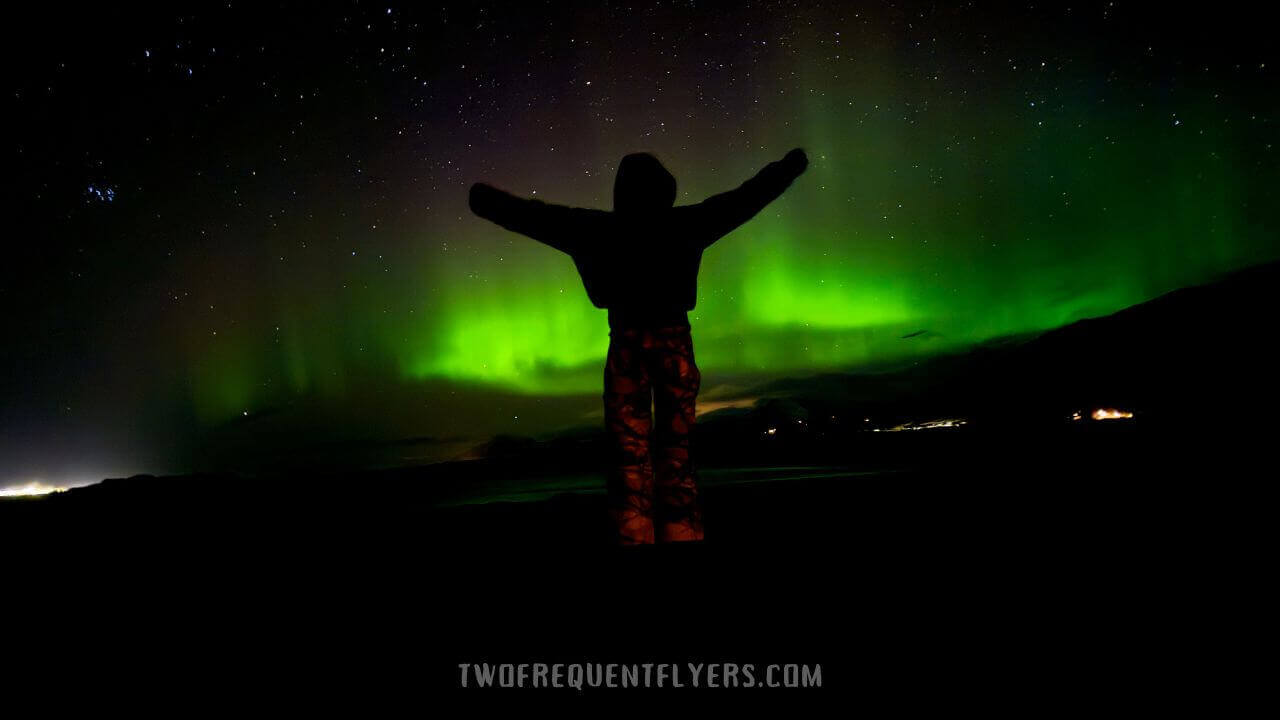
The intensity of the northern lights is directly tied to solar activity. During periods of heightened solar storms and flares, more charged particles are ejected towards Earth, amplifying the auroral displays. Understanding this, and how to read an aurora forecast is your key to success!
How To See The Northern Lights In Iceland
There are some crucial factors to consider to significantly increase your chances of seeing the Northern lights! Here is our list of 10 essential tips:
1. The Time Of year
The best time to see the Northern lights is typically between the months of September to April, as these months offer longer nights and darker skies, which are ideal conditions for seeing the aurora. The peak months are typically March and September due to increased solar activity around the equinoxes.
2. Use An Aurora Forecast
The aurora forecast is a great way to increase your chances of seeing the Northern Lights. This forecast provides information about the predicted visibility and intensity of the northern lights. To interpret an aurora forecast, look for higher Kp indices (ideally 4+), negative Bz values, and your location relative to the predicted auroral oval extent and intensity. Here is a fantastic website that provides the aurora forecast for Iceland: https://auroraforecast.is/
We will expand on important aspects of the Aurora Forecast below. It’s essential to note that aurora activity can change rapidly, so checking data regularly is important!
3. Check The KP Index
Kp Index is one of the most important indicators for potential aurora activity. The Kp index ranges from 0 to 9, with higher values indicating stronger geomagnetic disturbances and a greater likelihood of visible northern lights, even at lower latitudes.
- Kp 0-2: Aurora likely visible only in the Arctic regions, dim and subdued activity.
- Kp 3-5: Good chances of seeing the aurora in higher latitudes like Iceland, with moderate brightness and motion.
- Kp 6-7: Aurora oval expands further south, with bright and active displays possible even in northern U.S. states.
- Kp 8-9: Peak geomagnetic storm conditions, with the aurora potentially visible across a large portion of the northern hemisphere with vivid colors and dramatic movements.
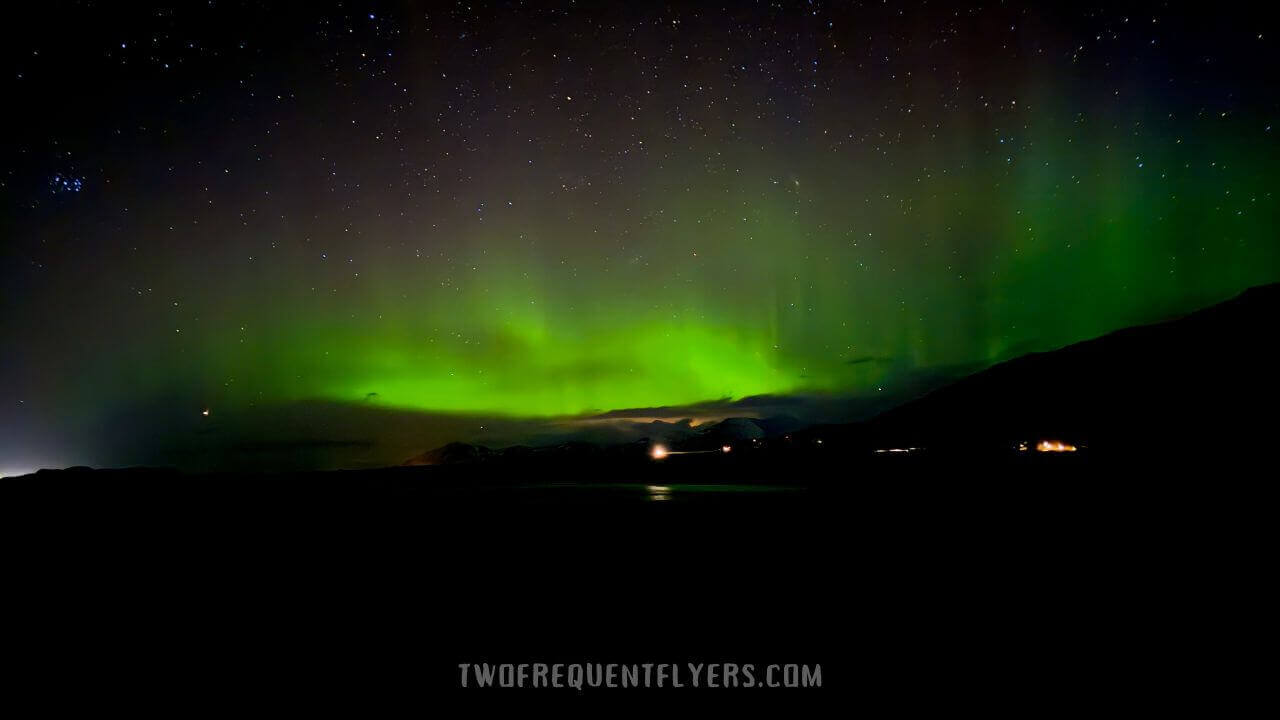
4. Check Solar Wind Data
Pay attention to the solar wind speed and direction, as this drives geomagnetic activity. Higher wind speeds (above 600 km/s) and southward directions increase the chances of aurora sightings.
5. Consider Cloud Coverage
When working out how to see the Northern Lights in Iceland its important to consider cloud coverage. Clear skies are essential to be able to see the aurora as thick cloud cover will obscure the northern lights. This can change rapidly which is part of the reason there is not one location that is best. The website quoted above (https://auroraforecast.is/) takes into account cloud coverage as well to help you pick the best location!
6. The Best Time Of Day
Auroras are typically most active around local midnight, but can occur anytime between 10 PM and 2 AM with high geomagnetic activity. Monitor the aurora forecast for estimated peak times.
7. Head North!
The further north you are (closer to the auroral oval), the better your chances of seeing the Northern Lights. Granted Iceland is already North, however, the more North you are in Iceland the better your chances. That been said, auroras can be seen regularly in South Iceland so this is not a necessity!
8. Consider Light Pollution
Excess artificial light from cities, buildings, and streetlights causes atmospheric light, including auroras, to scatter and diffuse. This makes the northern lights appear dimmer and less vibrant; faint auroral displays may be entirely obscured by the bright urban glow. For this reason, areas with minimal light pollution, such as remote rural locations, offer the best viewing conditions for observing the northern lights in their full glory.
9. Avoid Moonlight
For similar reasons to man made light, a full moon can make faint auroras harder to see. So, aim for darker moon phases if possible.
10. Try Multiple Times!!!
If you are able we recommend hiring a car and driving out into a very rural location with little to no light pollution as many nights as you can while you are in Iceland. Likewise, check the aurora forecast regularly when choosing where to go! As mentioned, working out how to see the Northern Lights in Iceland is a delicate art, coupled with a certain degree of Luck! By hunting the aurora multiple nights, you give yourself as many chances as possible to experience this incredible natural wonder!
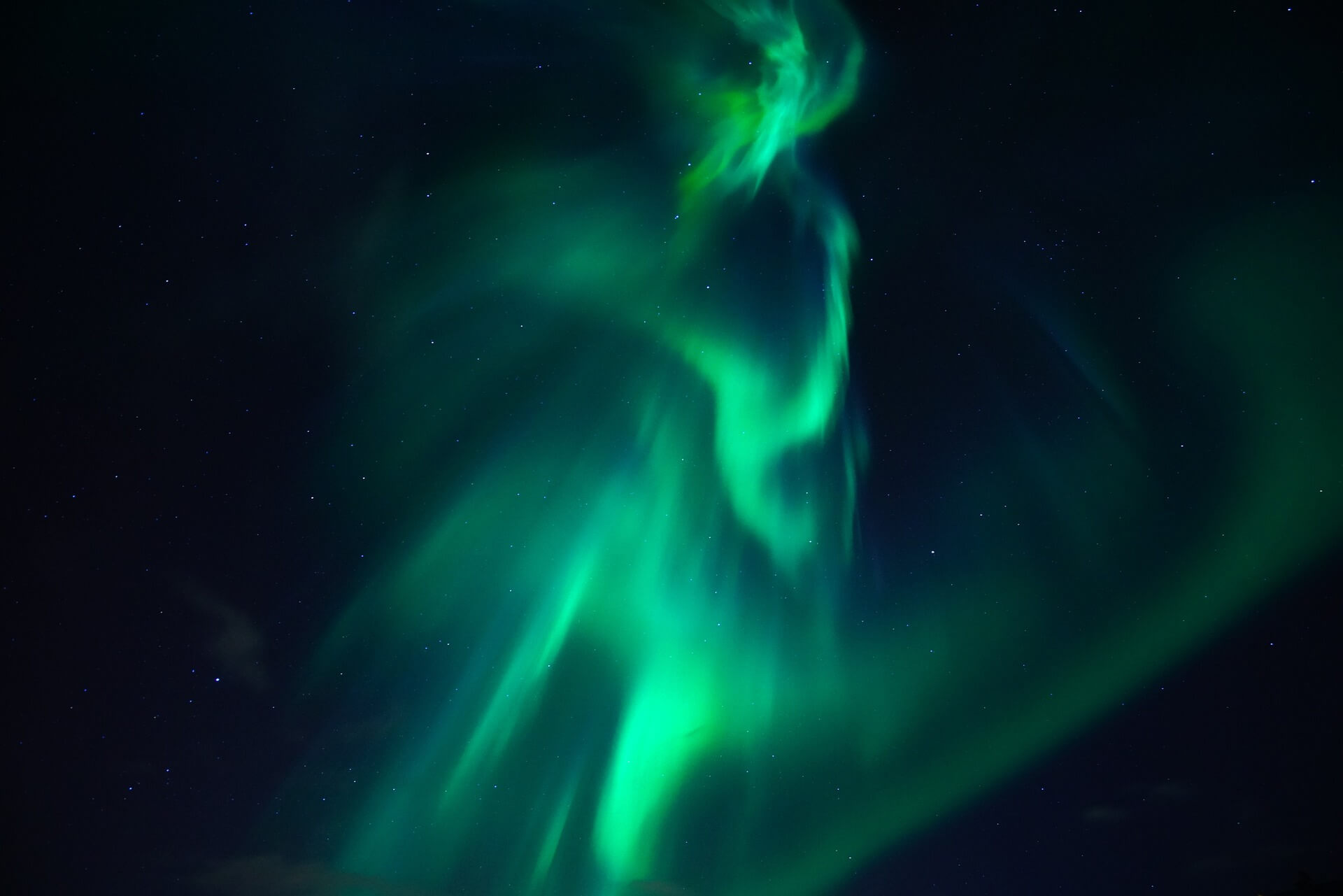
You can compare the prices above to one of the more well know car rental providers, Rentalcars.com. Use the widget below to check prices and find your best deal.
Alternatively, you can choose to do a tour with experts who can check all the above factors for you and choose the best locations to take the stress out of planning!
Below are are our top recommended tours! We have included small group and larger group options depending on your preference. And, if you do not see the lights, you are offered the opportunity to go again for free for up to 3 years!
Photographing The Northern Lights With A Phone
Capturing the beauty of the northern lights requires the correct camera settings to expose this celestial phenomenon’s vibrant colours.
Yes… It is possible with a phone! But of course, more expensive cameras have more capabilities. Here are our top tips for photographing the Northern Lights with a phone.
A good starting point is to shoot in manual mode with your aperture set as wide as possible (f/2.8 or lower) to allow maximum light into the lens.
A long shutter speed, usually at least 10 seconds, but 30 if your phone will allow it!
A sturdy tripod is essential to avoid the camera shaking during these long exposures. You can get a really affordable option on Amazon that works for most phones and doubles up as a selfie stick!
Where To Stay In Iceland
The most popular place to stay in Iceland is in Reykjavik. This is the capital and where nearly all day tours operate from. Likewise, it is close proximity to the airport, lots of shops and lovely local restaurants. If you are doing a shorter trip to Iceland, Reykjavik is the perfect place to stay and provides easy access to some of the popular day tours including the Southcoast, Snaefellsnes Peninsula and the Golden Circle. Equally, Reykjavik is the perfect start point for those looking to take a campervan around Iceland’s famous 800-mile loop!
Here are some of our top recommendations for places to stay in Reykjavik. We have included a number of options depending on your budget and type of vibe you are going for!
Hostels:
Love a social vibe? Here is our top hostel recommendation for a livelier atmosphere. Kex Hostel is also where Beth stayed on her first trip to Iceland!
Here are some other top hostel recommendations in Reykjavik:
Hotels:
Looking for a more relaxing experience away from the hustle and bustle of hostels? Here are our top hotel recommendations in Reykjavik from Agoda:
The Best Time To See The Northern Lights In Iceland
The best time to visit Iceland depends very much on what you are hoping to see on your visit. The best time to see the Northern lights is typically between the months of September to April, as these months offer longer nights and darker skies, which are ideal conditions for seeing the aurora. The peak months are typically March and September due to increased solar activity around the equinoxes.
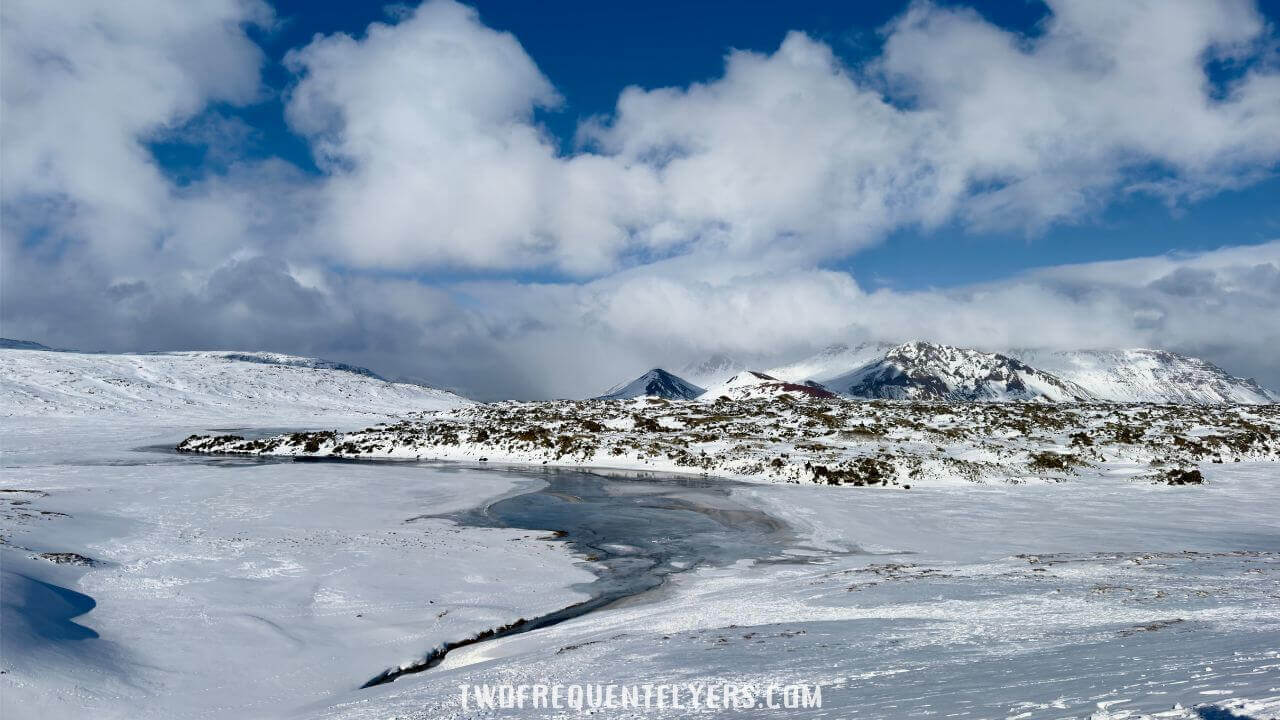
However, the best time to see other top attractions in Iceland, including the Golden Circle, the Snaefellsnes Peninsula, the north of Iceland and Iceland’s stunning south coast, is arguably during the summer months between June and August. Although, bear in mind that this period also sees a surge in tourist activity, resulting in larger crowds and increased accommodation prices.
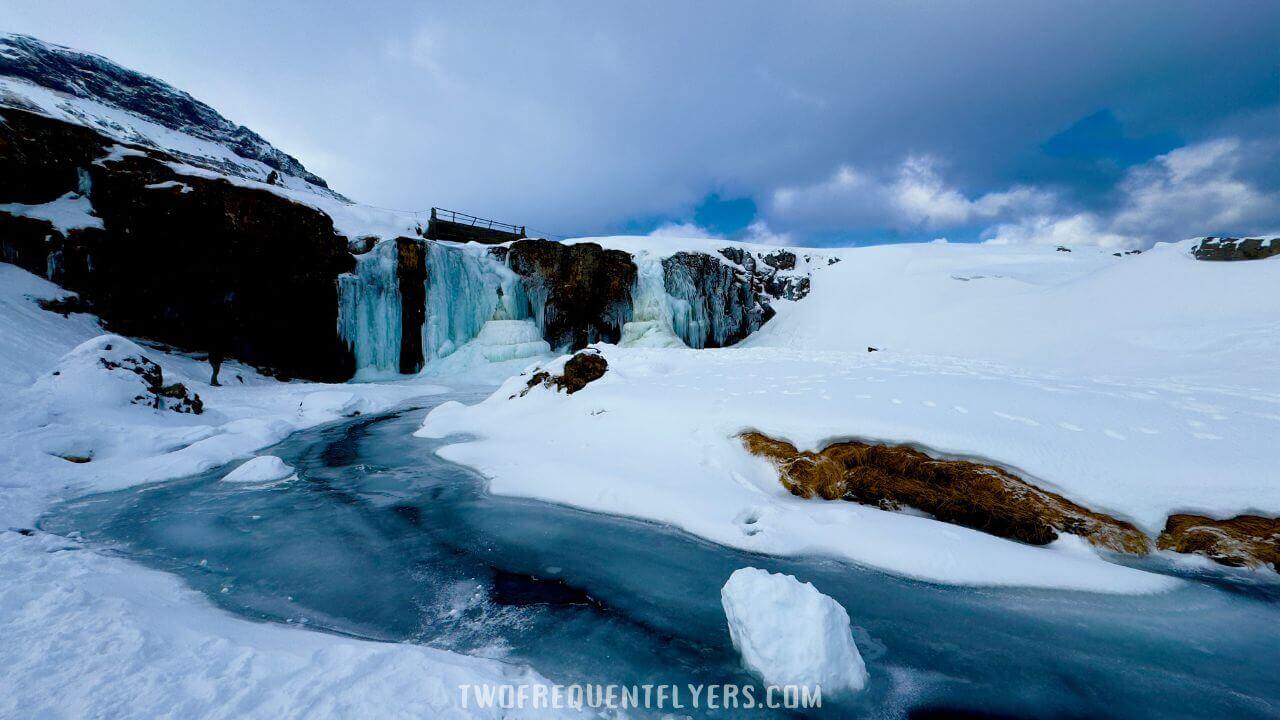
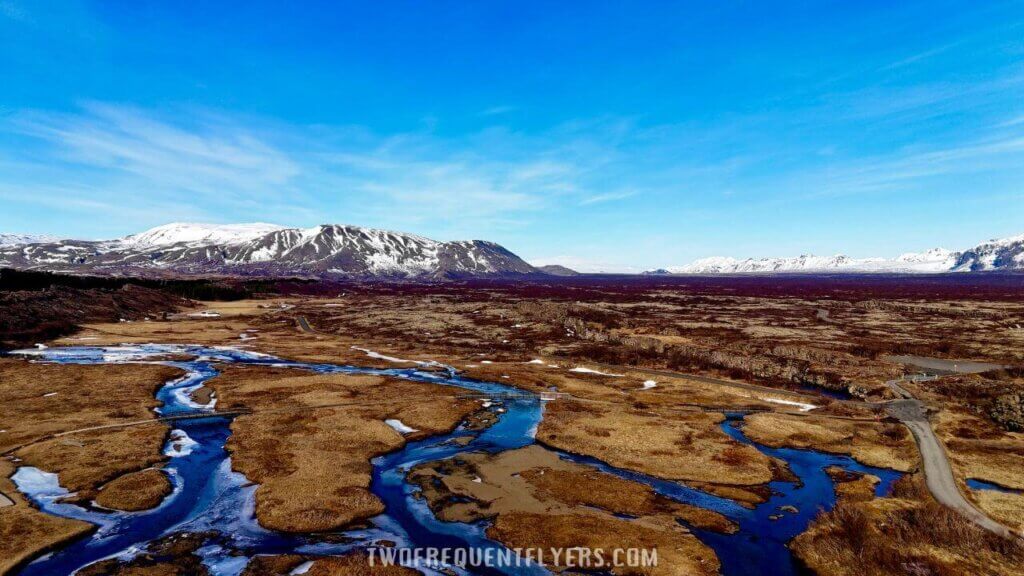
There is an argument that Iceland requires two visits as it is an entirely different country between summer and winter. Some incredible waterfalls freeze over in the winter and look just as stunning! We have included a table below showing the average monthly snowfall and average monthly temperature to help you decide.
Average Monthly Snowfall In Iceland
Hover over the bars to see average monthly temperature.
Daylight Hours: Something else to consider when planning how to see the Northern Lights in Iceland is daylight hours. In the heart of winter around the winter solstice, Iceland only receives a few hours of daylight, with the sun barely peeking above the horizon for 4-5 hours. This provides many hours of darkness that significantly increases your chances of seeing the Northern Lights. Conversely, During summer months, especially around the summer solstice in late June, Iceland basks in the “midnight sun” phenomenon, where the sun remains visible for nearly 24 hours a day. This provides endless daylight, allowing visitors to explore and enjoy outdoor activities at any hour but is the worst time of year to see the Aurora.
The Wind: Lastly, the wind in Iceland is No Joke!!!
On a regular day, wind speeds can range from 10-15 mph (16-24 km/h), considered breezy. However, it’s relatively common for winds to pick up to 20-40 mph (32-64 km/h) and higher. Additionally, Iceland experiences frequent strong wind gusts, with some reaching gale force levels above 40 mph (64 km/h). In extreme cases, wind speeds over 100 mph (160 km/h) have been recorded, like the staggering 141 mph (227 km/h) gust on the south coast in 2015.
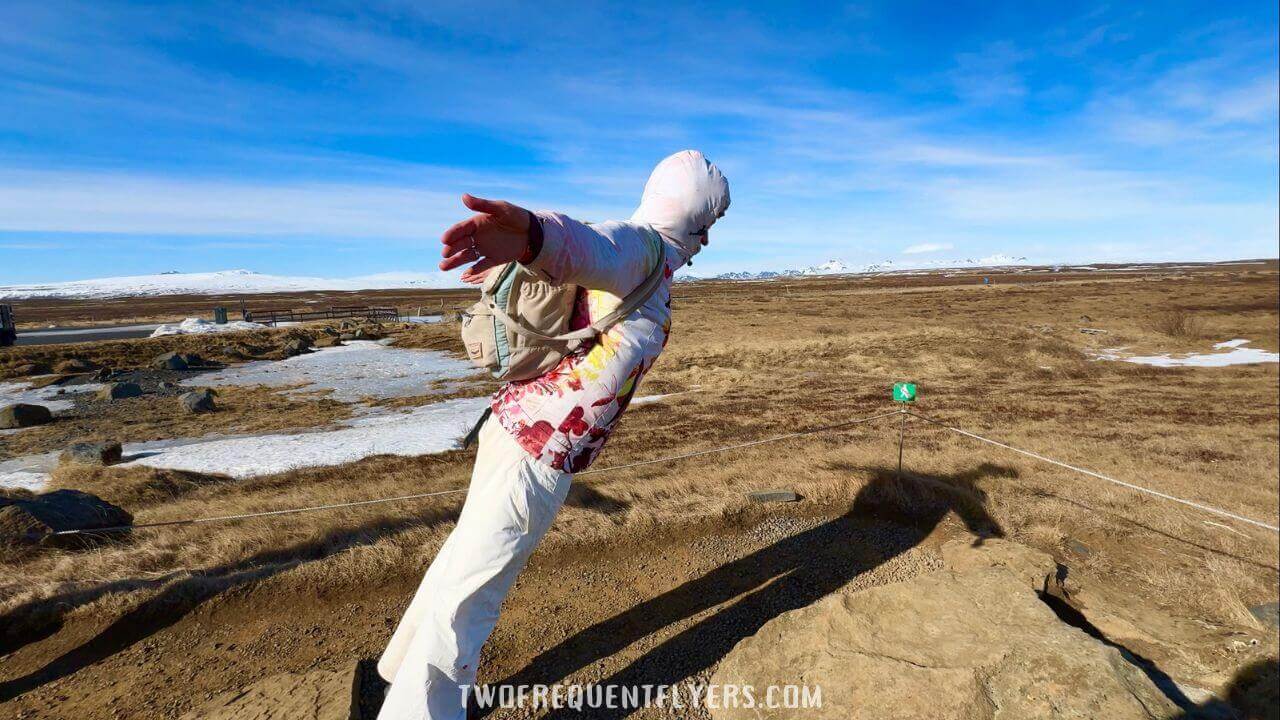
The combination of strong winds and lack of natural windbreaks like trees and forests means the wind’s full force is felt across the island, especially in coastal areas and along the Ring Road. High winds can make driving conditions hazardous, with the potential for vehicles to be blown off the road. Authorities advise against driving when winds gust over 50 mph (80 km/h). Wind is a constant factor to consider when planning a drive to see the Northern Lights or other outdoor activities in Iceland, as the weather can change rapidly from mild to stormy conditions.
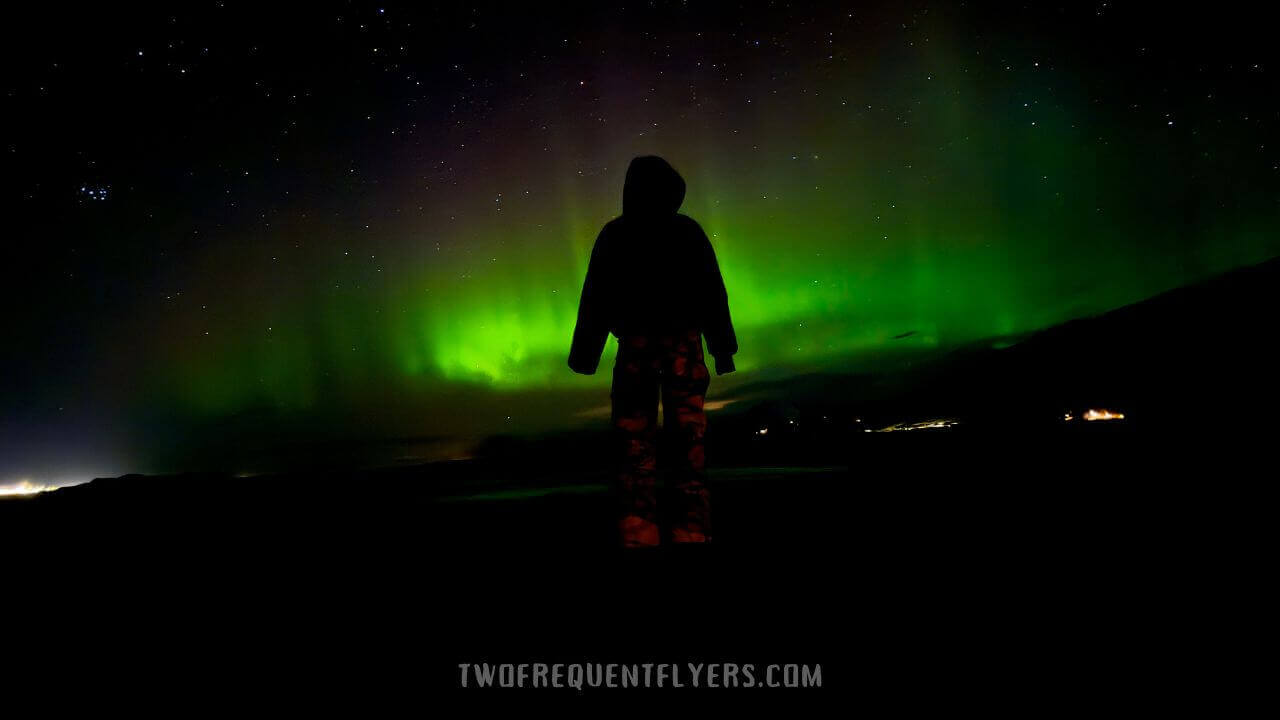
Conclusion
Witnessing the dance of the Northern Lights is a truly magical experience. While chasing this celestial phenomenon in Iceland can be an exhilarating adventure, it requires planning, patience, and a bit of luck. By following these 10 crucial tips, you’ll significantly increase your chances of catching the Aurora Borealis in action!
Remember, flexibility is key when working out how to see the Northern Lights in Iceland! The Northern Lights are a natural wonder that operate on their own schedule, often appearing unexpectedly and disappearing just as quickly. Embrace the thrill of the chase, and don’t be discouraged if you don’t see the lights on your first attempt. The more times you try, the greater your chances!
As always don’t hesitate to let us know any questions you might have in the comments below!
Big Love
Beth and Denz
